
Cannes 2019 : les caméras utilisées par la sélection officielle
Nous avions déjà couvert l’édition des Césars 2019 en février dernier. Nous continuons notre série « Les caméras utilisées… » en nous attaquant aujourd’hui à la sélection officielle du Festival de Cannes 2019 ! Le Festival se déroule du 14 au 29 mai 2019, et comporte une vingtaine de films en compétition.
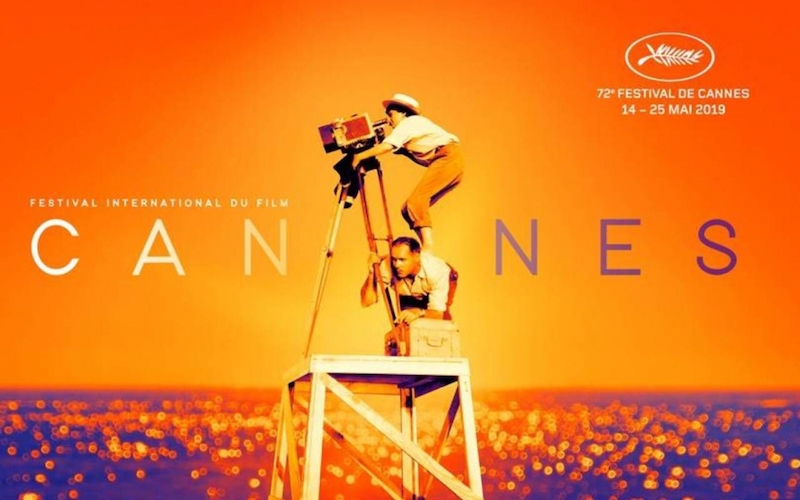
Ouverture : The Dead Don’t Die – Jim JARMUSCH
Directeur de la photographie : Frederick Elmes
Caméra : ARRI Alexa LF
Optiques : DNA prime set, Angénieux EZ Zoom et zoom avec extension 28-76mm
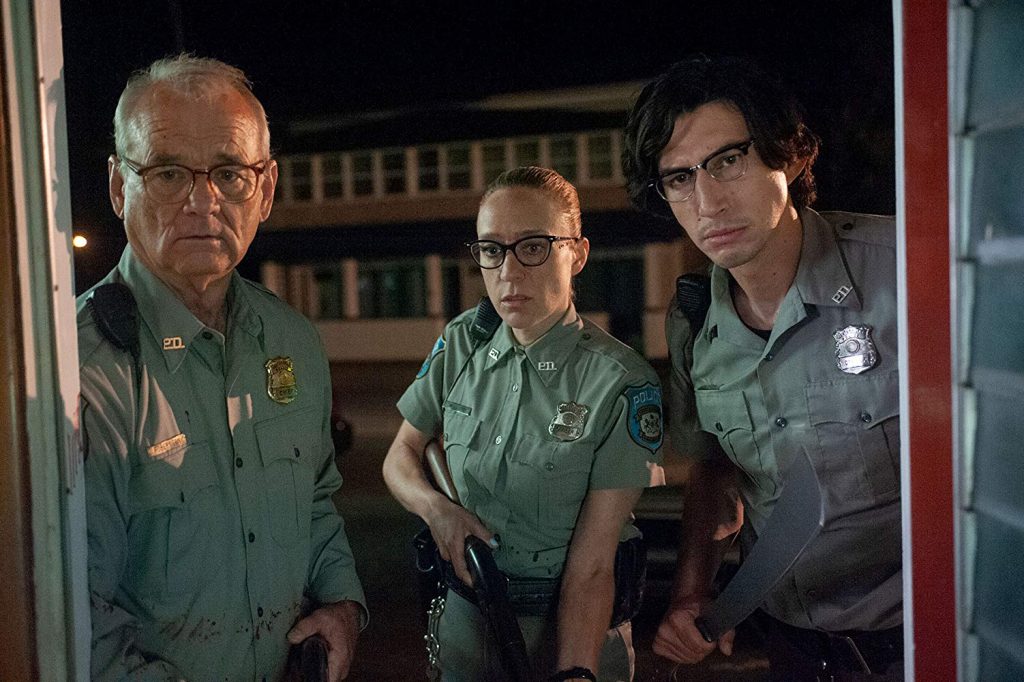
Jim Jarmusch : « Eggleston est l’une des premières références que j’ai donné à mon chef opérateur, Fred Elmes. C’était aussi une façon pour moi de sortir de l’iconographie habituelle du film de zombie. Ce qu’initialement j’avais dit à mes collaborateurs tenait en deux pôles : je voudrais que le film soit ridicule et drôle d’un côté, et de l’autre qu’il soit sombre et visuellement beau. Qu’il ait ce soin particulier à l’image. Pour mêler la drôlerie et la noirceur. » – via VanityFair
Frederick Elmes : « Taking advantage of the camera’s larger image size, using wider focal length lenses and shallow depth of field, we kept the camera close to our characters to help us feel we were there with them, experiencing the world going haywire. […] I also wanted to take advantage of the mismatched qualities inherent in the DNA lenses. » – via IndieWire
Douleur et Gloire – Pedro ALMODÓVAR
Directeur de la photographie : José Luis Alcaine
Caméra : ARRI Alexa SXT
Optiques : Cooke S4
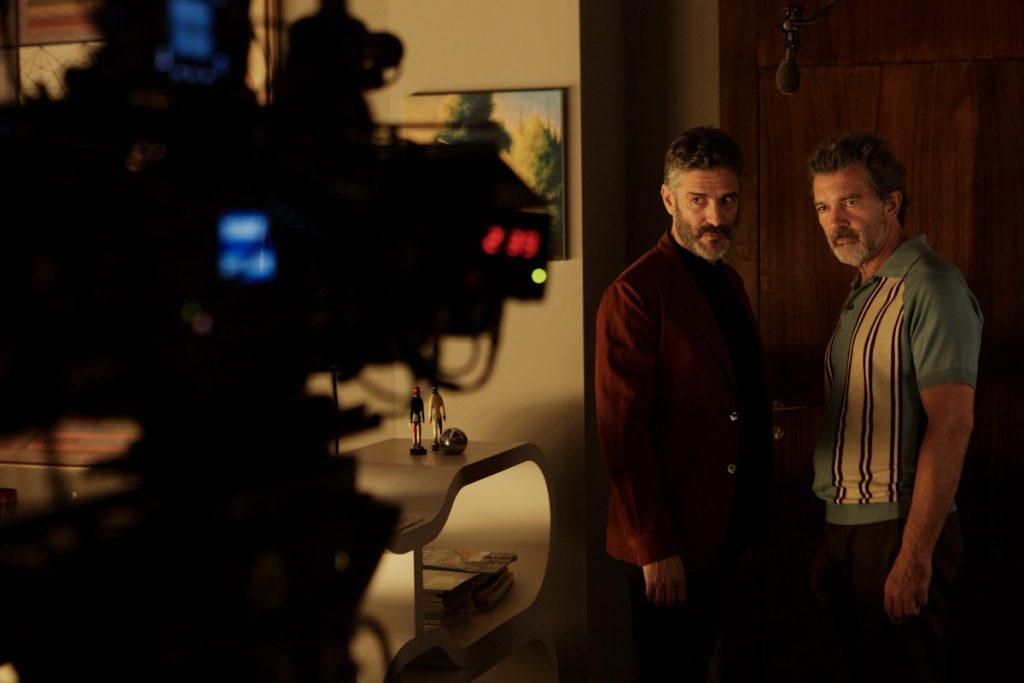
Retrouvez les anecdotes de José Luis Alcaine sur Douleur et Gloire – via afcinema.
Le Traître – Marco BELLOCCHIO
Directeur de la photographie : Vladan Radovic
Caméra : ARRI Alexa Mini
Optiques : Zeiss Supreme Prime, ARRI Master Prime, Zoom FUJINON ZK 25-300 mm

Vladan Radovic : « The Master Prime lenses combined with the Arri Alexa sensitivity have given me the opportunity to work with the darkness while deciding whether to add details or not in the deepest shadows. Being that the character portrayed is full of contradictions I have chosen to use my cinematography to follow his changes. » – via IndieWire
Parasite – BONG Joon Ho
Directeur de la photographie : HONG Kyung-pyo
Caméra : ARRI Alexa 65

Le Jeune Ahmed – Jean-Pierre et Luc DARDENNE
Directeur de la photographie : Benoît DERVAUX
Caméra : ARRI Alexa Mini
Optiques : Série Zeiss T2.1

Les frères Dardenne : « We chose this camera and lens for its maneuverability when it is mounted on the shoulder. » – via IndieWire
Roubaix, une lumière – Arnaud DESPLECHIN
Directrice de la photographie : Irina LUBTCHANSKY
Caméra : RED Monstro 6K
Optiques : Panavision Primo 70 mm, Panavision Primo Zoom 25-275 mm
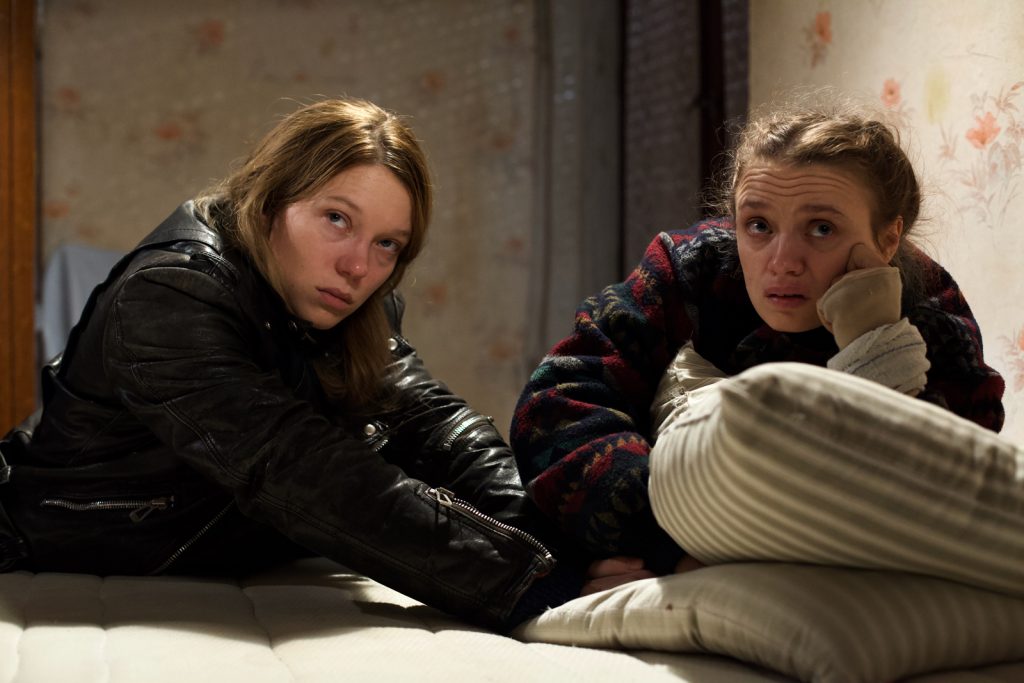
Arnaud Despleschin : « We shot the film in six weeks, so quickly, with four players, and the inhabitants of Roubaix, this ruined city … 1.85 in 4K, we did not like the ratio of the focal (VS Scope 2.39). We tried the 6K and 8K on Red Monstro with its new sensor. I wanted to get a lot of reality in the camera, this is a more realistic movie romance. We realized that the distance between the camera and the actors was better suited for 6K, less close, less intrusive than 8K. » – via IndieWire
Le Lac aux oies sauvages – DIAO Yinan
Directeur de la photographie : DONG Jingsong
Caméra : RED Monstro 8K VV
Optiques : Cooke s7i Prime 32mm, 40mm, 50mm, 75mm et 100mm
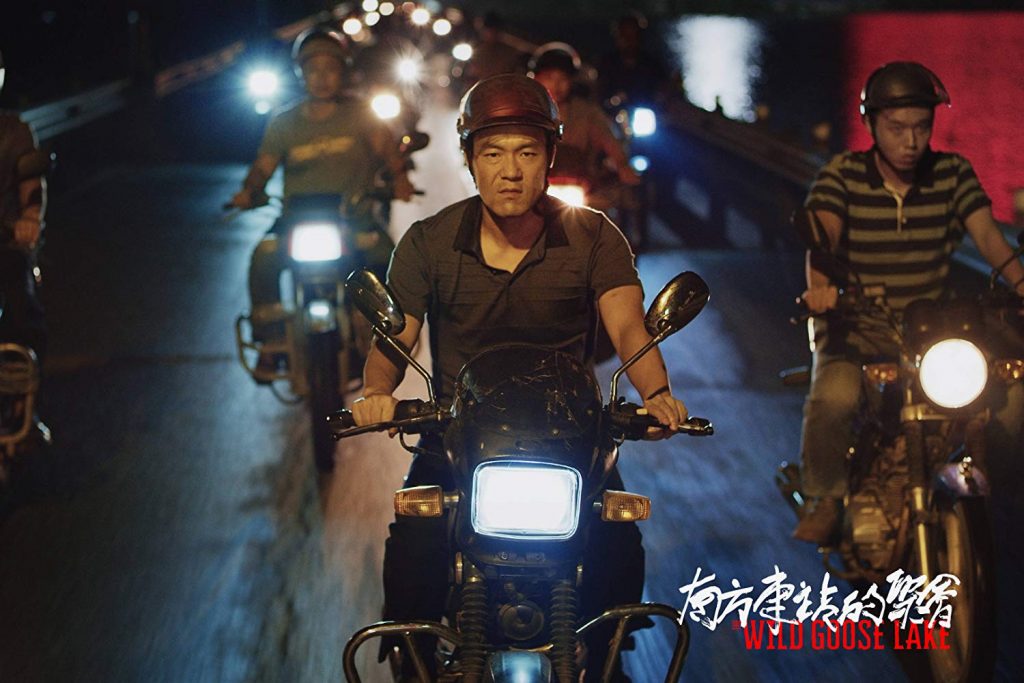
Dong Jingsong : « I chose the full-frame camera and the Cooke lenses to present an “immersive feeling” of viewing. We kept a high color saturation with rich levels so that the black details in the dark part of frame have been well retained. » – via IndieWire
Atlantique – Mati DIOP
Directeur de la photographie : Claire MATHON
Caméras : Panasonic Varicam35 4K, RED Weapon, RED Epic 5K
Optiques : Angénieux 45-120 mm et 25-250 mm, Zeiss T1.3
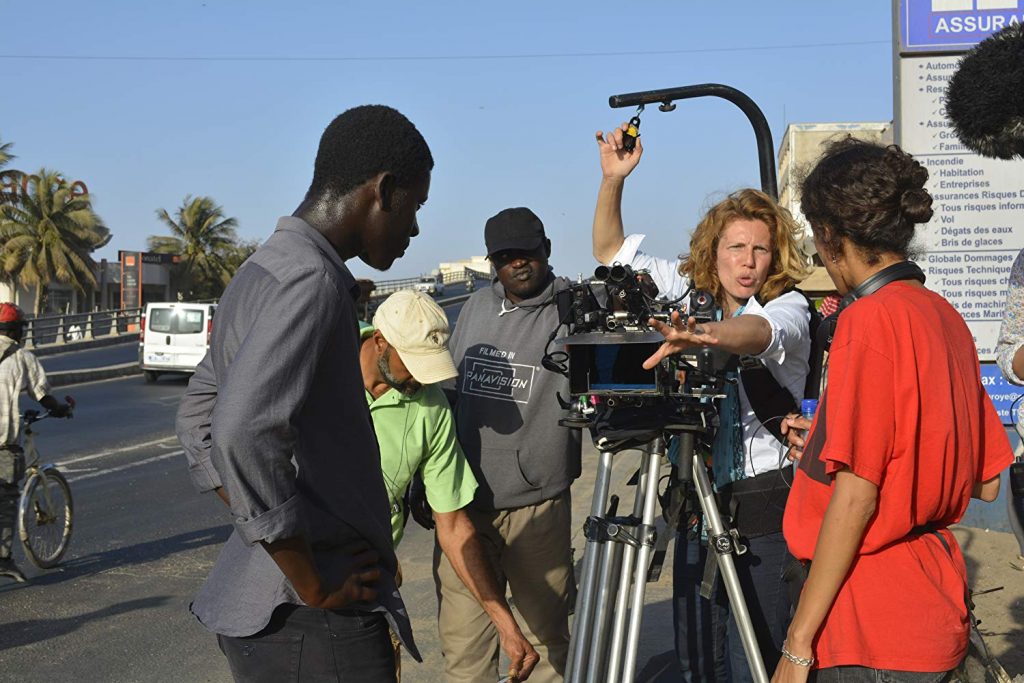
Claire Mathon – via IndieWire : « We chose the Red Epic to shoot daytime, to give romance to images that were captured in a documentary way, and to enhance the sun-drenched sets.«
« We chose Varicam at night for its great sensitivity that allowed us to visibly film neighborhoods of Dakar almost plunged into darkness. The texture is a bit matte, and the rendering of flares and shine, especially on the skin, work with the fantastical dimension of the film while still capturing the soul of the Senegalese capital.«
« The lightness of the chosen tools allowed me to shoot the film either on my shoulder with an easyrig (mostly) or on foot with a very long focal length, in a documentary approach: I could turn fast, catch things on the fly, and improvise in the moment.«
Matthias et Maxime – Xavier Dolan
Directeur de la photographie : André TURPIN
Caméras : Arricam LT, ARRI 765, ARRRI Alexa Mini
Optiques : Master Primes, Angénieux 28-76 mm, optiques ARRI grand format des années 80s.
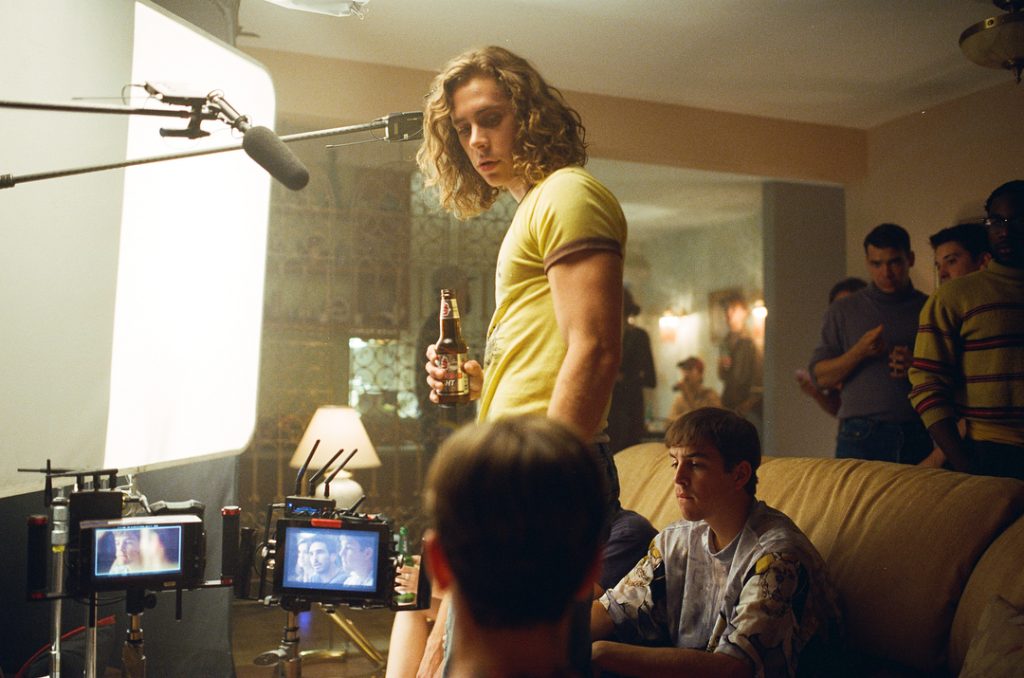
André Turpin : « I primarily use Master Primes for their sharpness and speed. […] For that, my camera operator Yves Bélanger (who happens to be a wonderful cinematographer) and I (I operated the occasional 2nd camera), used the Angénieux lightweight 28-76 zooms. » – via IndieWire
Mektoub, my Love: Intermezzo – Abdellatif KECHICHE
Directeur de la photographie : Marco GRAZIAPLENA
(Nous n’avons malheureusement trouvé aucune information concernant ce film !)
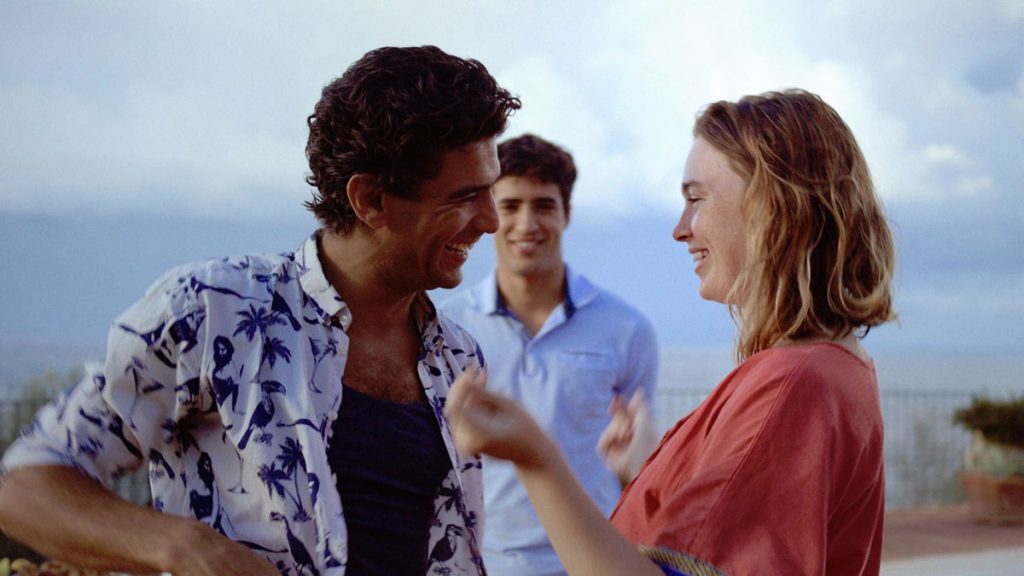
Sorry We Missed You – Ken LOACH
Directeur de la photographie : Robbie RYAN
Caméras : ARRI 416 (S16 mm)
Optiques : ARRI Série Ultra Prime
Pellicules : Kodak Vision3 200T 5213, Kodak Vision3 250D 5207 (extérieurs et intérieurs jour), Kodak Vision3 500T 5219 (extérieurs et intérieurs nuit)
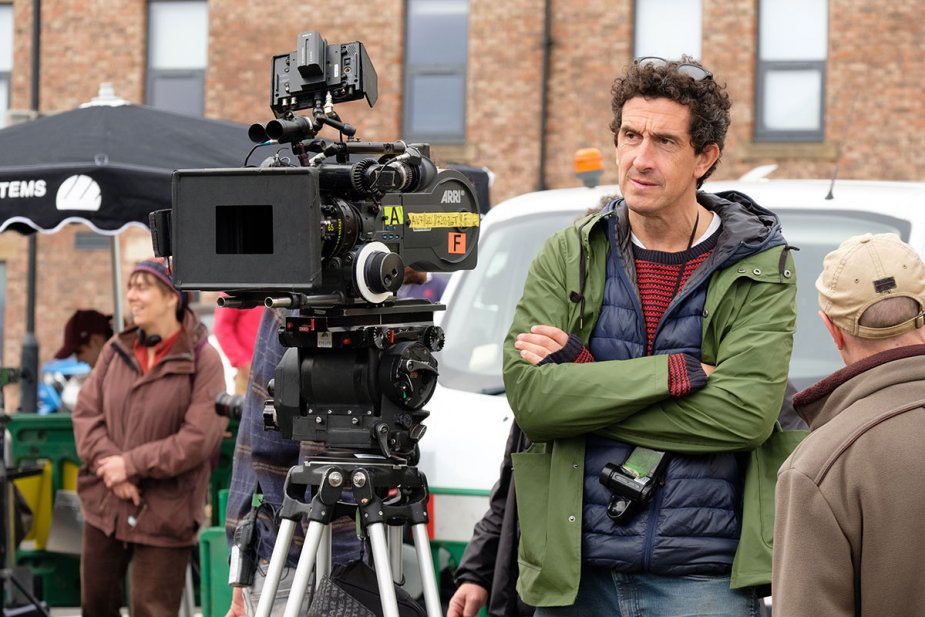
Ken Loach : « La pellicule est d’une qualité totalement différente. Je trouve qu’elle a plus de profondeur, de richesse et de nuances. Elle a aussi une certaine fragilité. Vous n’avez pas cette netteté de détail systématique dans chaque image comme en numérique. Et de ce fait, l’image argentique peut aussi être plus ambiguë, énigmatique et intrigante. Pour le dire plus simplement, la pellicule est un meilleur medium de narration. » – via afcinema
Robbie Ryan : « L’image est toujours belle, en pellicule, dès les rushes. […] La manière dont le film gère les hautes lumières et équilibre les couleurs et les contrastes est magnifique. En outre, la texture et le grain innés du 16 mm ont un caractère unique, que vous n’obtenez pas avec le numérique. À mon avis, le format 16 mm offre une image plus honnête, et vous pouvez le ressentir dans le drame humain familial de Sorry We Missed You. » – via afcinema
Les Misérables – Ladj LY
Directeur de la photographie : Julien POUPARD
Caméra : ARRI Alexa Mini
Optiques : Zoom Angénieux Optimo 15-40 mm, 28-76 mm et 45-120 mm
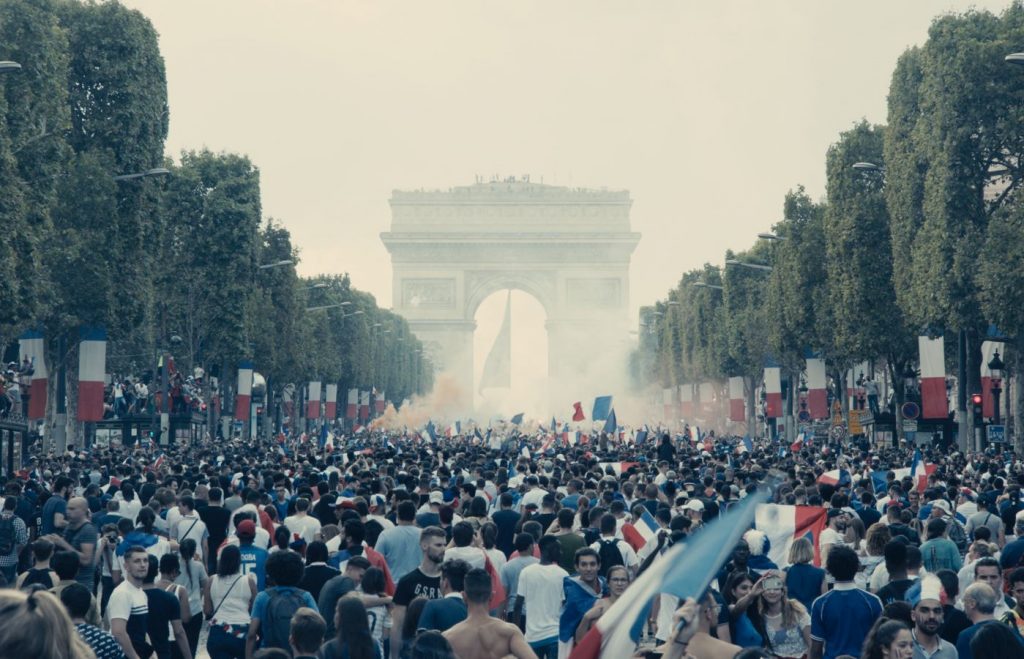
Ladj Ly : « We were looking for a device that would make the film look like a documentary, to be attentive to all possible situations and improvisation. We were looking for a human point of view, as if the camera could be a film character. For this we chose a lightweight camera and zoom. » – via IndieWire
Une vie cachée – Terrence MALICK
Directeur de la photographie : Jörg WIDMER
Caméras : RED Epic Dragon 6K, RED Epic-W Helium
Optiques : ARRI Masterprimes 12 mm et 16 mm, ARRI Ultraprime 8R
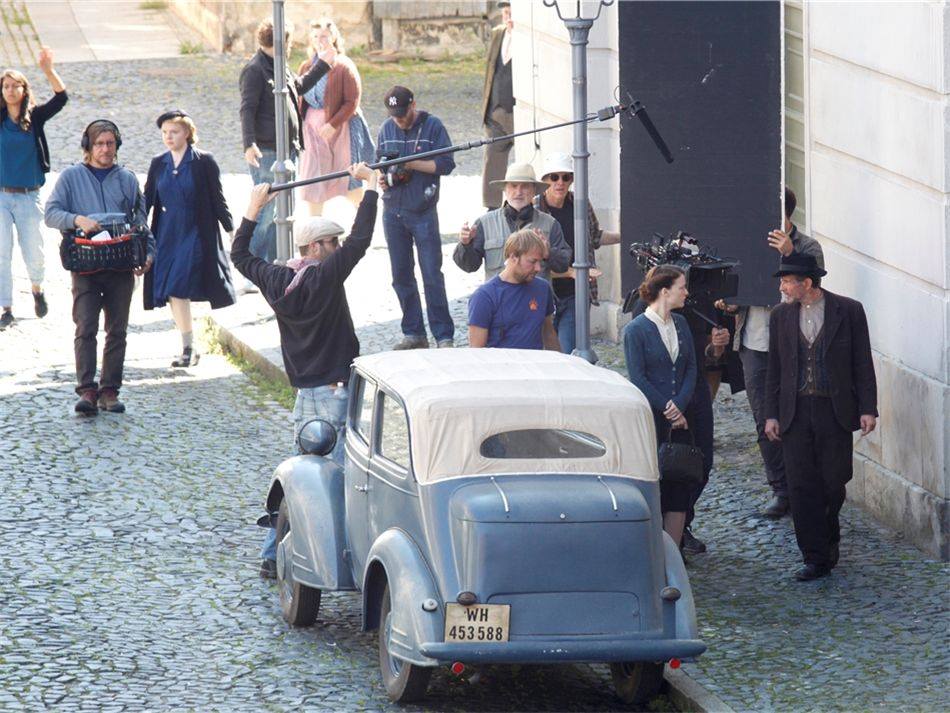
Jörg Widmer : « The director Terrence Malick wanted us to be explorers, able to shoot like a documentary crew, mostly with natural light. We were always looking for backlight, for which we needed lightweight cameras with lenses, which could take a lot of contrast without flaring and with a huge range of latitude. […] In interiors, we switched to the low light camera to capture as much as possible of the dark interiors in the rural homes, stables and prison cells. […] there was hardly any artificial lighting for most of the movie. » – via IndieWire
Bacurau – Kleber MENDONÇA FILHO, Julianno DORNELLES
Directeur de la photographie : Pedro SOTERO
Caméras : ARRI Alexa Mini
Optiques : Panavision Série C et E (anamorphiques), Angénieux 11:1
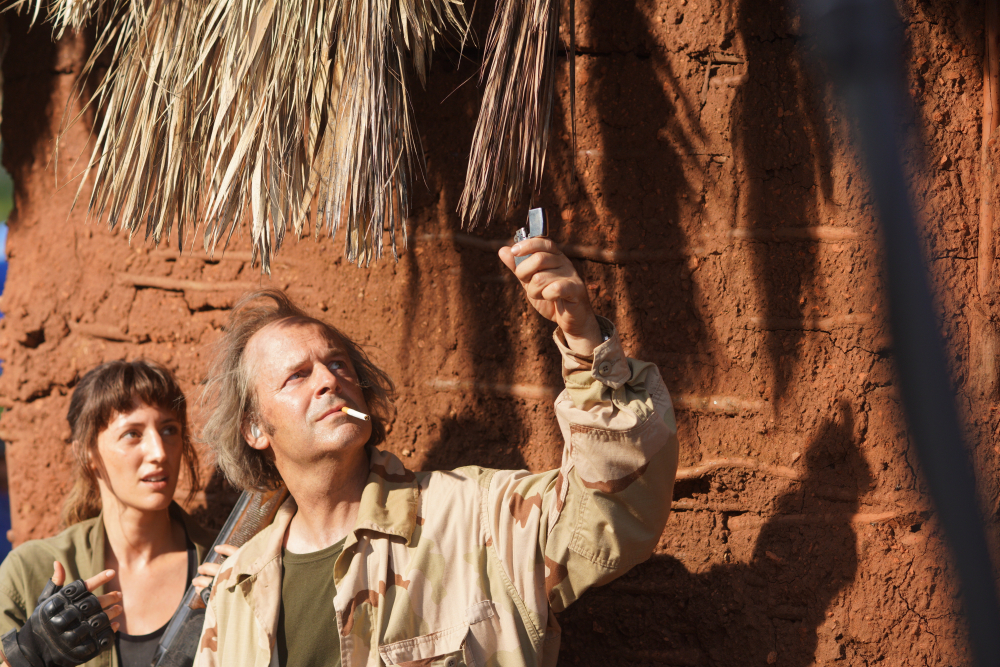
Pedro Sotero : « We all agreed that the film should have a classic widescreen image and a set of Panavision C Series Anamorphic lenses seemed to be the perfect match to the image we desired to achieve.The idea of shooting a near future Brazilian western, shot in very rough isolated locations, with the lenses that shot 70’s and 80’s classics like “Raiders of Lost Ark,” “Deliverance” and “The Thing,” but with a modern 4:3 open gate digital sensor of a very compact and reliable camera as the Alexa mini, seemed to be the best way to go for the film. » – via IndieWire
Les Siffleurs – Corneliu PORUMBOIU
Directeur de la photographie : Tudor MIRCEA
Caméras : ARRI Alexa SXT, Sony A7SII
Optiques : Zeiss Master Anamorphiques

Tudor Mircea : « We choose Arri Alexa for the wide latitude that allowed us to explore different looks, and for the simple way of working with this camera. After testing we decided to tell the story using Zeiss Master Anamorphic lenses for the cinematic look, high contrast, high speed, the nice focus fall-off and distortion-free image. It is also a beautiful format for portraiture. » – via IndieWire
Frankie – Ira SACHS
Directeur de la photographie : Rui POÇAS
Caméras : ARRI Alexa Mini
Optiques : Cooke S4, Angénieux Optimo 24-290 mm
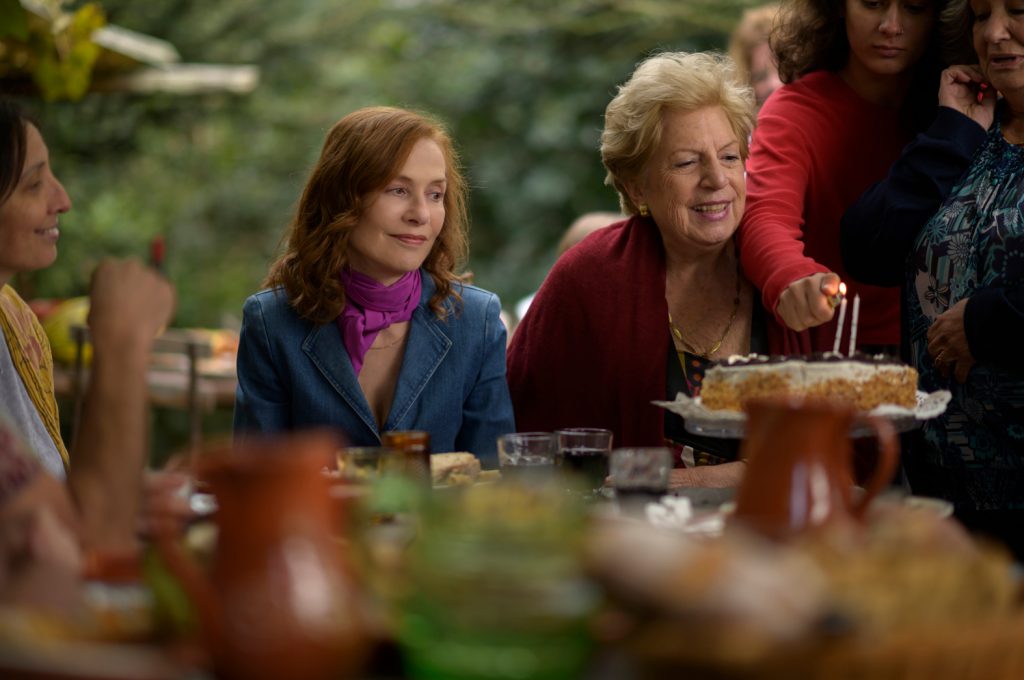
Rui Poças : « We wanted a versatile lightweight camera that was easy to operate. I rated the camera at 800 ISO as it seemed the best choice for the average light conditions and the kind of image we were looking for. […] The Cooke lenses have a great soft felling and for that reason we chose the Cooke S4, which are subtle for capturing the skin tones. […]I chose the Alexa sensor because we knew that it would give us a full range in latitude and true color. » – via IndieWire
Portrait de la jeune fille en feu – Céline SCIAMMA
Directeur de la photographie : Claire MATHON
Caméras : RED Monstro
Optiques : Leica Thalia
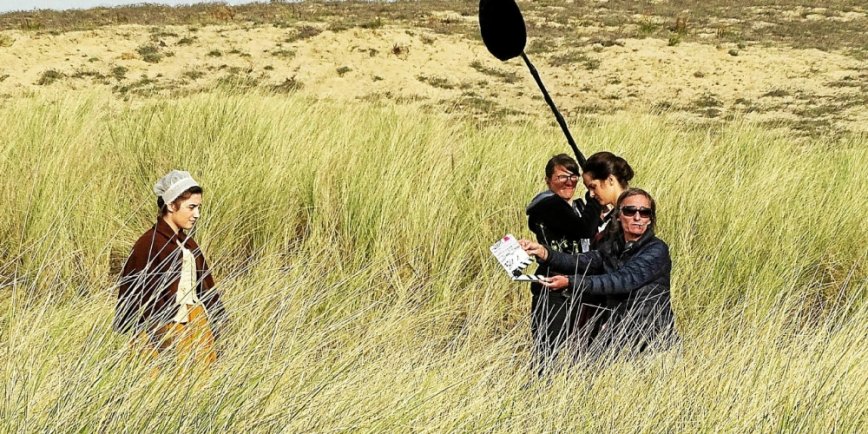
Claire Mathon – via afcinema : « Le choix du format de prise de vues a été très tôt discuté. Des essais comparant 35 mm-Leica Summilux et RED Monstro-Leica Thalia nous ont fait choisir la RED Monstro pour l’incarnation et la présence qui se dégageaient des premiers visages filmés. Je pense que la taille du capteur et la finesse de ces images, tournées en 7K, participent de cette sensation.«
« Le rendu des carnations a été primordial dans mon travail. J’ai recherché à la fois de la douceur, pas d’ombres marquées, un rendu un peu satiné et non réaliste qui reste naturel et extrêmement vivant.«
It Must Be Heaven – Elia SULEIMAN
Directeur de la photographie : Sofian EL FANI
(Nous n’avons malheureusement trouvé aucune information concernant ce film !)
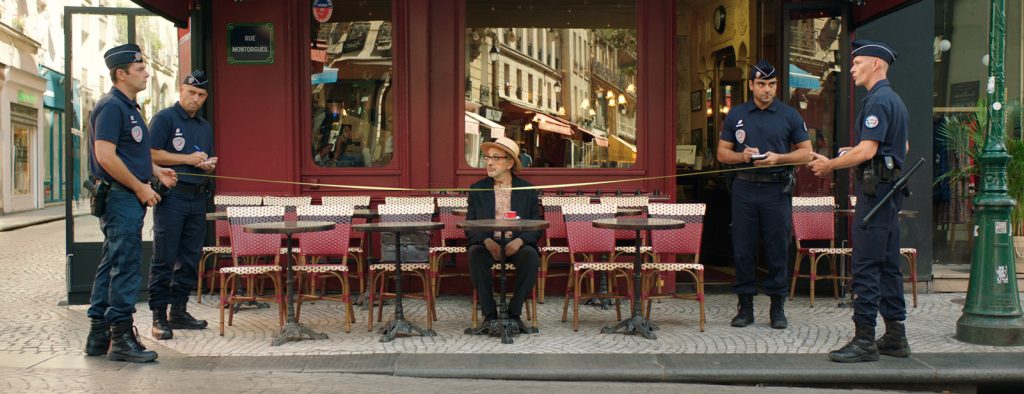
Once Upon A Time… In Hollywood – Quentin TARANTINO
Directeur de la photographie : Robert Richardson
Caméra : Panavision Panaflex Millennium XL2
Optiques : Panavision Primo Anamorphic, Séries G, ATZ et AWZ, Panavision Séries C et E Anamorphic (anciennes versions ajustées par Panavision)
Pellicules : Kodak Ektachrome 16 mm et 100D Super 8, Kodak Vision3 500T Color Negative Film 5219, Kodak Vision3 200T Color Negative Film 5213
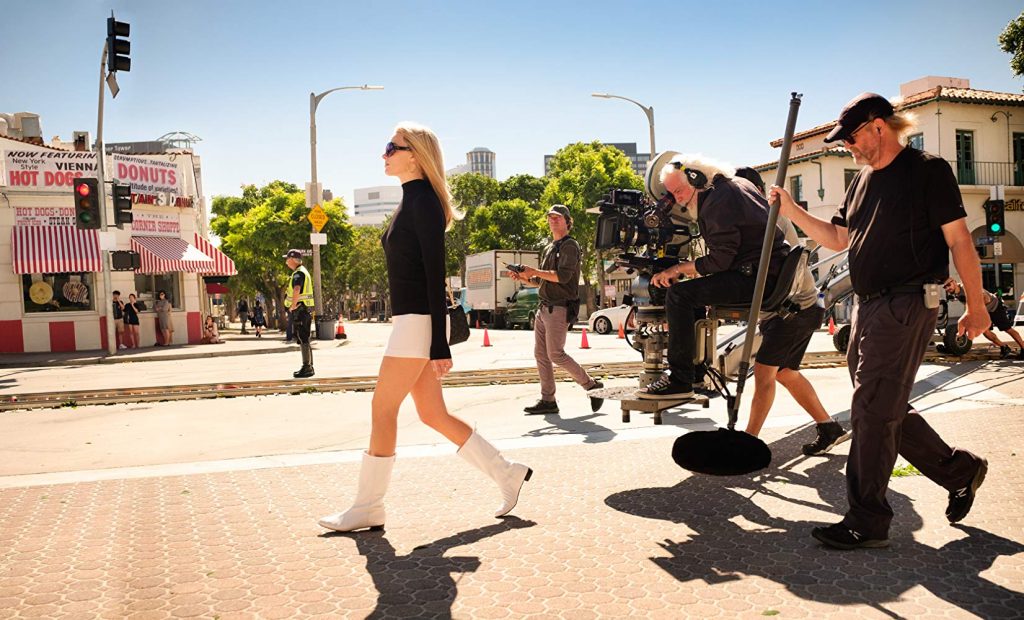
Robert Richardson : « From the very beginning, the format for Once Upon a Time in Hollywood was widescreen celluloid – meaning 35mm Anamorphic – unless we were shooting Rick Dalton’s Western television series, then we were 35mm B&W. And we shot with spherical zooms mostly in 1:33. There were also two sequences, at Sharon Tate and Roman Polanski’s home, that we shot on Kodak Ektachrome, one in 16mm and the other on Super8mm. » – via Kodak
Sibyl – Justine TRIET
Directeur de la photographie : Simon BEAUFILS
Caméra : ARRI Alexa Mini
Optiques : Hawk Anamorphiques V et V+
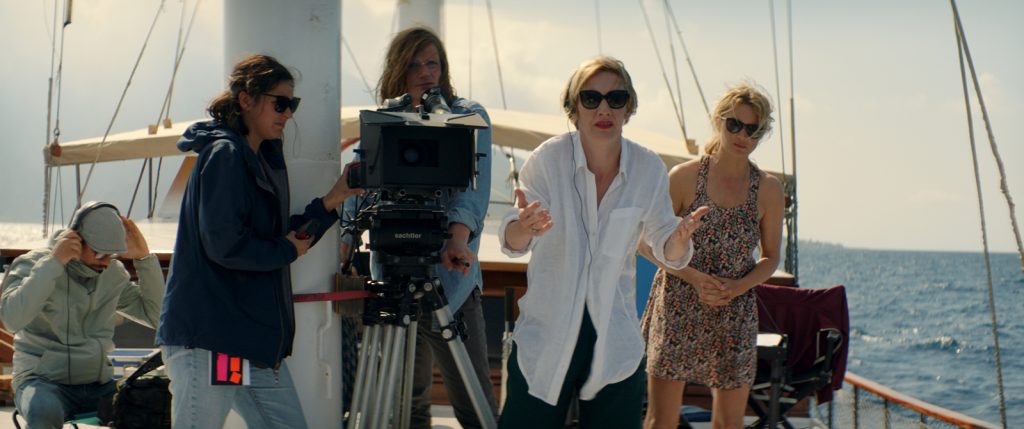
Simon Beaufils : « I like to shoot in anamorphic, especially with a video camera, to have a softer texture. Hawk V lenses are a bit heavy, especially when you go on the top of a vulcano!! But with Alexa, it was a really good combination, to have subtle nuances on skins, nice vivid colors, without being too sharp. I went into low light many times to be a bit grainy, even in daylight situations. I like the feeling of Alexa’s grain, when you are a little bit too low. Skins texture, landscapes, become suddenly more organics. » – via IndieWire
Autres articles susceptibles de vous intéresser : Update 2019 : Les caméras utilisées pour les productions Netflix Original, Césars 2019 : les caméras utilisées par les nommés
Vous pouvez retrouver la liste complète de la sélection officielle du Festival de Cannes 2019 ici. De plus, si vous avez assisté à l’une de ses projections, n’hésitez pas à nous donner votre avis sur les films !

